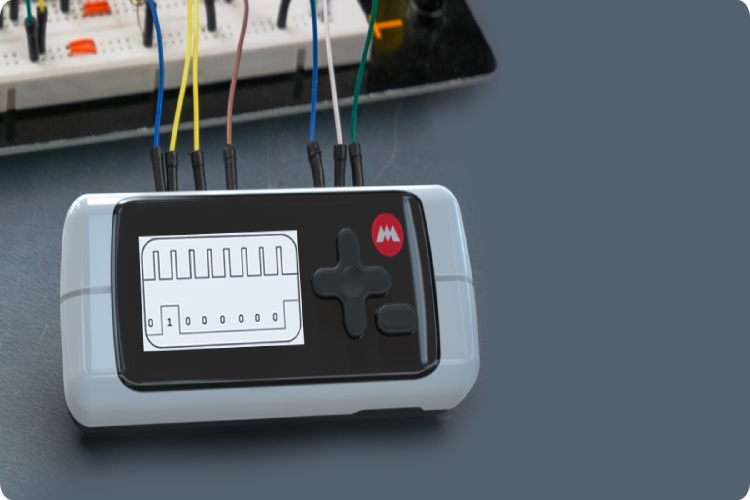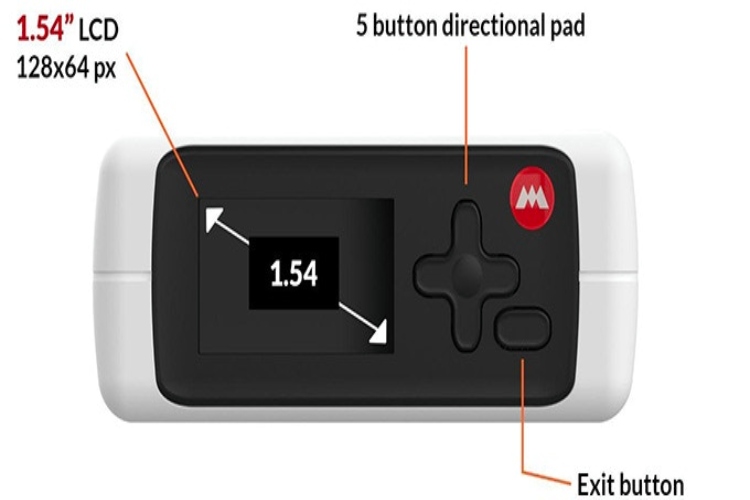
In the past few years, Flipper Zero has gained a lot of attention for its versatility. Now a new multi-hacking tool is coming to the market, offering enhanced features and capabilities for tech enthusiasts and professionals, called the M1. The M1 resembles a retro-gaming console with a powerful STMicro STM32H5 Cortex-M33 high-performance microcontroller, setting it apart with its advanced processing power and Arm TrustZone for robust data security. Key features of the M1 include a diverse range of transceivers supporting infrared, sub-1 GHz, Bluetooth, NFC, RFID, and Wi-Fi connectivity. This versatility enables the M1 to replace an array of gadgets, such as remotes, and various NFC-based items, like membership cards and access fobs. Additionally, it's equipped with a 1.54-inch display, a microSD card slot for expandable storage, and 12 GPIO pins for extended functionality.

The device gained traction on Kickstarter, highlighting its potential as a multi-functional hacking and technical exploration tool. The M1's campaign has already surpassed its funding goals, indicating significant market interest. While it shares similarities with the Flipper Zero, the M1 differentiates itself with a more serious black-and-white design, potentially appealing to professionals seeking a more formal appearance. The Flipper Zero, developed by Flipper Devices, has garnered attention for its user-friendly interface and open-source software, making it a favorite among both hobbyists and cybersecurity professionals. Known for its compact, multifunctional design, the Flipper Zero facilitates various tasks such as penetration testing and hardware manipulation. Its community-driven approach to software development and intuitive use have positioned it as a formidable tool in cybersecurity education and practical applications.

The M1's debut comes at a time when the Flipper Zero faces high demand and limited availability, offering an alternative with comparable, if not superior, features in certain aspects such as processing power, battery life, and wireless connectivity. However, it remains to be seen if the M1 can cultivate a similar level of community support and application development as the Flipper Zero. According to the makers, the project is open-source, and the firmware and blueprints for the M1 will be available in a public GitHub repository after launch. You can find more information about the M1 device on Kickstarter and the company’s website.

